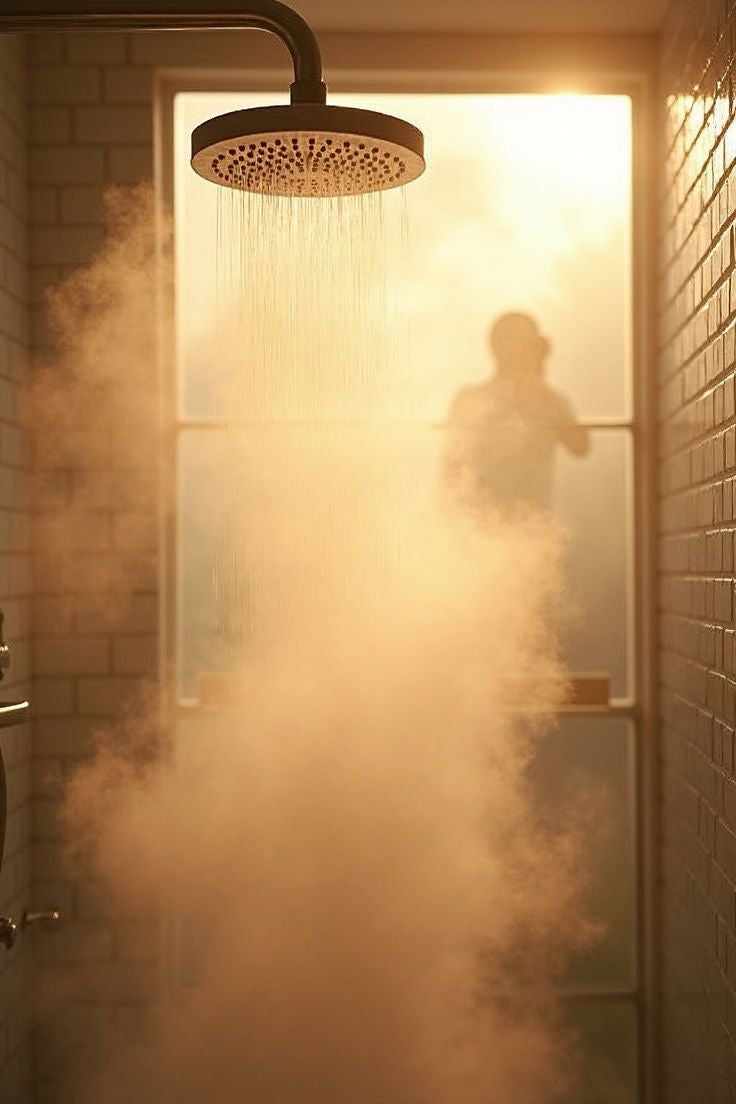Feeling the pressure—literally? You might be wondering if a Steam Room or Steam bath can help lower your blood pressure. Short answer: yes, but timing and health factors matter. Keep reading to find out how steam affects your heart, your vessels, and why it’s not for everyone.

What Happens to Your Body in a Steam Room?
The "Exercise Effect": Rising Blood Pressure and Heart Rate
When you first step into a steam room, your body responds similarly to light exercise. The heat causes your heart rate to increase, and for a short time, your blood pressure may rise. This temporary effect is a normal reaction to the body working harder to cool itself. It’s part of what makes steam rooms stimulating.
Vasodilation: How Heat Affects Your Blood Vessels
As your body adjusts, blood vessels begin to dilate—a process called vasodilation. This widening improves blood flow and helps move heat away from the body. As circulation improves, some people may begin to feel more relaxed, and pressure on the vessel walls can decrease slightly.
The Post-Session Drop: Why Blood Pressure Can Decrease After a Steam Room
How the Body Cools Down and Lowers Pressure
After leaving the steam room, your body begins to cool down. As your heart rate slows, blood vessels remain dilated for a while. This can lead to a mild drop in blood pressure, especially if you’re hydrated and resting. It’s one reason why some people feel calm or even sleepy after a steam session.
The Lasting Benefits on Cardiovascular Health
Using steam rooms regularly—when safe—may support cardiovascular function over time. Improved blood flow, better oxygen delivery, and stress reduction all play a role. However, steam therapy should always complement a healthy lifestyle, not replace medical advice or treatment.
Is a Steam Room Safe for Everyone? Precautions and Risks
Who Should Avoid Steam Rooms? (e.g., High or Low Blood Pressure, Heart Conditions)
Steam rooms aren’t for everyone. If you have uncontrolled high or low blood pressure, heart disease, or are taking medication that affects circulation, speak to your doctor first. Heat exposure can add strain on an already stressed system.
Dehydration and Other Risks
Steam causes sweating, which leads to fluid loss. Without proper hydration, this can quickly lead to dizziness, fatigue, or even fainting. The combination of heat and low hydration can be especially risky for those with pre-existing health conditions.
Checking with Your Doctor Before Use
If you’re unsure whether steam therapy is safe for you, check with your GP or healthcare provider. A quick consultation can save you from unintended side effects and help you enjoy your session safely.
Steam Rooms vs. Saunas: How They Differ and Their Effects on Blood Pressure

Saunas and steam rooms both offer heat therapy but differ in moisture and temperature. Saunas are dry and hotter, while steam rooms are moist and slightly cooler. For blood pressure, the difference matters. Steam may be more comfortable and easier on the heart for some people, while saunas might feel more intense.
Takeaways:
-
Steam rooms can cause a short-term rise in blood pressure, followed by a mild decrease.
-
Vasodilation improves circulation, which may benefit cardiovascular health.
-
Always hydrate and limit time inside.
-
Speak to a doctor if you have heart or blood pressure conditions.
-
Steam rooms are not a cure—but a calming addition to your wellness routine.






